‘Giving up will be the death of architectural design’: Kengo Kuma
On his part, the acclaimed architect is relentless in his pursuit of alternatives to lifeless concrete buildings
AFTER DECADES AS A PRACTISING architect, Kengo Kuma is still pumped by the prospect of site visits and just walking the ground.
“It is a very exciting experience to feel the wind and see the natural light,” says the 71-year-old, for whom walking barefoot on a site is vital. “Tactility is one of the key concepts of our design. Getting a sense of the site’s topography is also very important, because of its relationship with natural ventilation and shadows.”

In fact, Kuma has just returned from checking the details of on-site mock-ups for a project in the Mount Fuji area, as well as the Izu peninsula, in Japan. “The excitement of a design comes from the site, and I visit them almost every day.”
Speaking via video call from his office in Tokyo, the renowned Japanese architect, named by Time magazine in 2021 as the world’s most influential, lights up whenever he talks about matters close to his heart – connecting with nature and one’s surroundings through the use of natural materials.
This is a man known for his love of wood and stones, and using technology to craft them such that they deliver the lightness and transparency in architecture that are so essential to him.
“Everybody wants to connect with nature, but there’s a solid, heavy world that separates the relationship between nature and humans. I don’t want to be enclosed in a concrete box. I want to connect with and talk to the environment. And lightness and transparency are the basis of that conversation.”
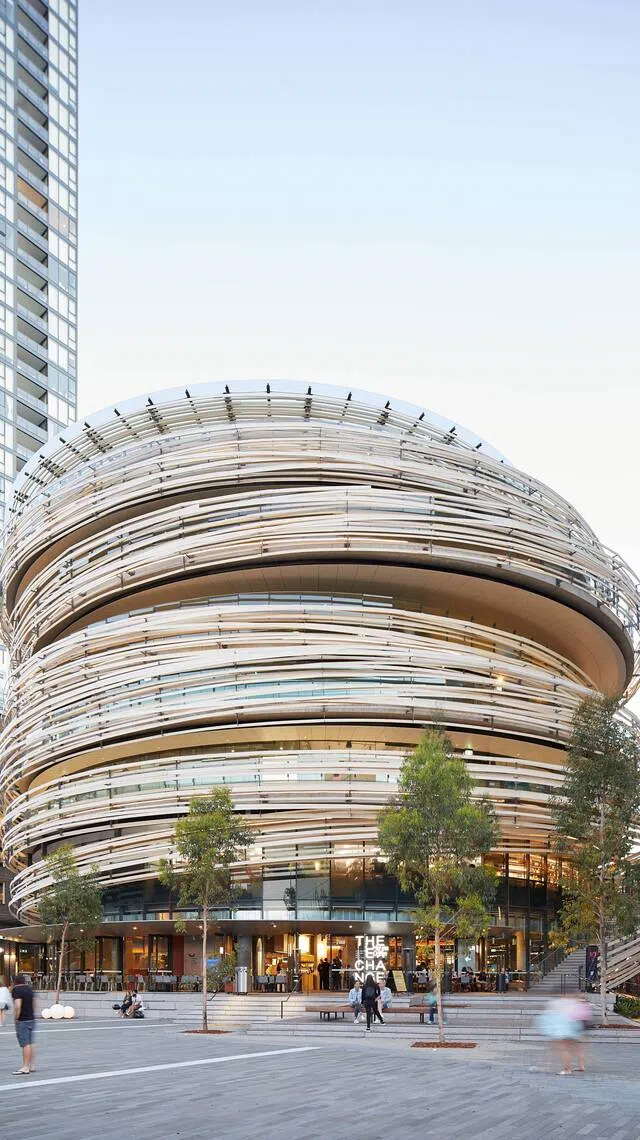
Kuma, who is leading the design team working on Singapore’s Founders’ Memorial at Bay East Garden, earned his master’s degree in architecture at the University of Tokyo before attending Columbia University as a visiting scholar and researcher. He established Kengo Kuma & Associates in 1990 and has completed over 300 projects in 20 countries, with projects under way in more than 50 nations.
A seasoned educator and professor emeritus at the University of Tokyo, Kuma is also a prolific author who has published books and articles critical of modernist trends devoid of harmony with their environment. The 20th-century achievement of high-density living with skyscrapers, he says, has come at the cost of dialogues with the environment.
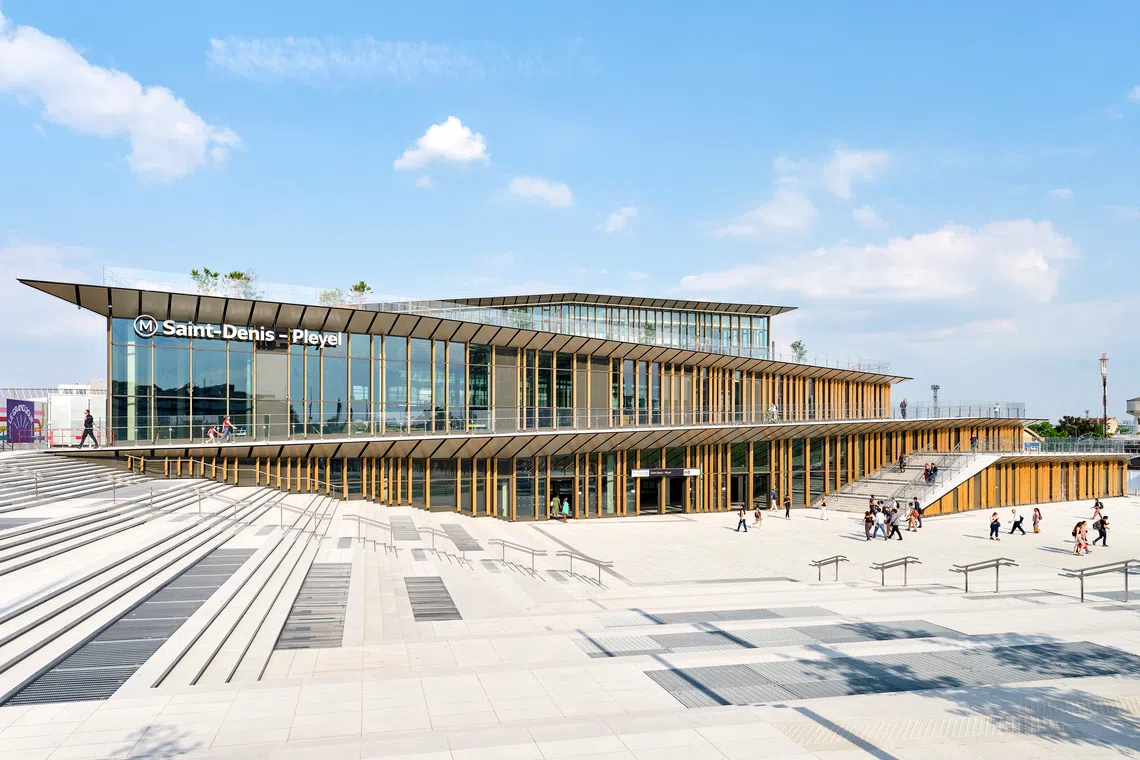
And while every city has similar types of tall buildings, each also has its own history and traditions. “So even in congested places, we try to find local materials that fit, and create a semi-outdoor space between the city and the building,” he says, referencing engawa, a wooden, veranda-like transitional space along the side of traditional Japanese houses. “It works as a buffer between the busy city and the quiet space.”
SEE ALSO
True sustainability
One could say Kuma valued sustainability long before it became mainstream. He has built his work around the warmth and beauty of wood and stone since the 1990s, when he left Tokyo to explore Japan’s countryside amid the economic downturn. It was an eye-opening experience which reconnected him with the gifts of nature.
For him, a green project is simply one linked to, and in harmony with, its place and community.
“Sustainability is often misunderstood as some kind of scientific quality that engineers and scientists calculate as a mathematical score. But for us, sustainability is quality of life and connected to our lifestyle. As designers, space, sensibility and aesthetics are necessary to achieve real sustainability.”
Kuma is known for his distaste for concrete, which he says has no relationship with a place. “Concrete and steel are very anonymous materials,” he points out. “It is impossible to avoid them totally, but we can combine them with some local natural material. The important thing is to not give up. Giving up will be the death of architectural design.”
On his part, he is pursuing his ideals with a passion, blending traditional craftsmanship with advanced technology to shape buildings that are the antithesis of lifeless structures in conflict with their surroundings.


These are evident in his projects such as the Kadokawa Culture Museum in Tokorozawa, Japan, which looks like it broke through the earth; the cliff-inspired V&A Dundee in Scotland; the Saint-Denis Pleyel Station, which also serves as a park, in Paris, France; and the warm, low-rise and wooden thread-wrapped community centre that is The Exchange in Sydney, Australia.
And there is also the UCCA Clay Museum in Jiangsu, China, the facade of which resembles a mountain of pottery and is a nod to the area’s ceramic culture, as well as its centuries-old dragon kiln.

Meanwhile, the concept for the Founders’ Memorial is drawn from the idea of a journey retracing the legacy of Singapore’s founders. In collaboration with Singapore’s K2LD Architects, the low-rise design features multiple paths and canopies sweeping across gardens.
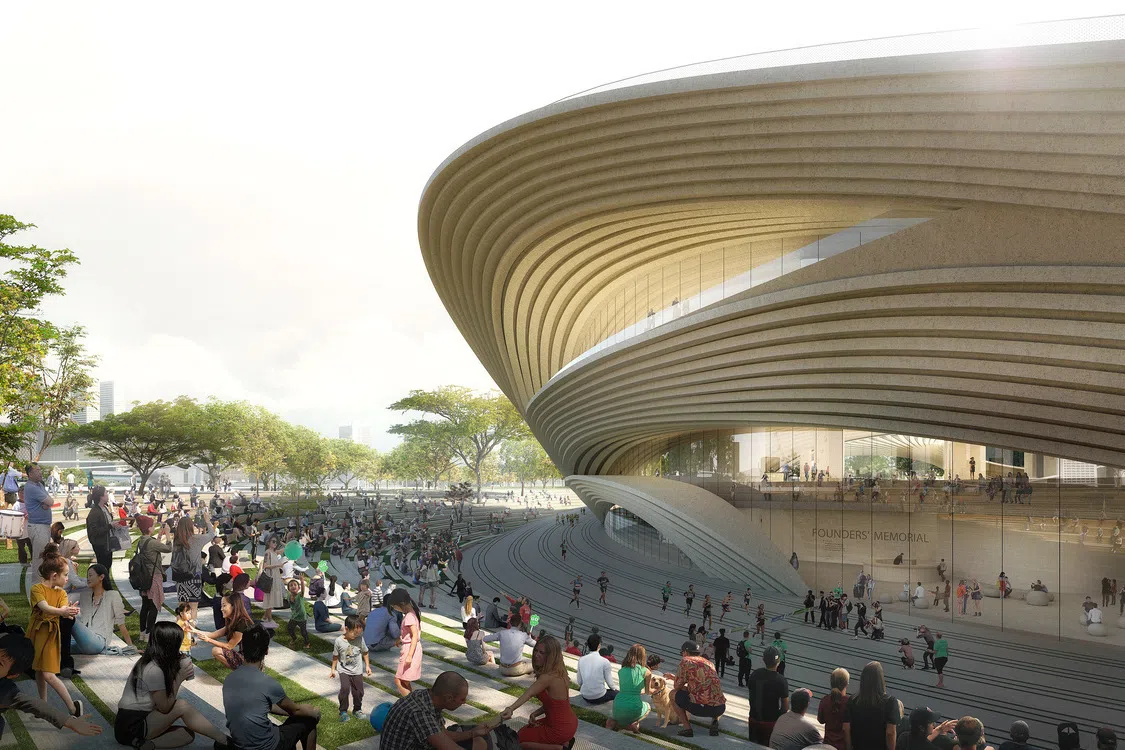
“We’re trying to create a monumental building which totally merges with the adjacent park,” says Kuma of what he calls “a living memorial” that’s scheduled to open in 2028. “Singapore is famous for skyscrapers, but we want to show the opposite.”
Keeping things real
One of his latest projects is Haus Da Lat. The five-hectare property with a luxury hotel, wellness centre and private club is the first environmental, social and governance-certified complex in Vietnam.
“Da Lat is a very special place,” Kuma enthuses. “Its climate is much cooler than (that of) other places in Vietnam, and the beauty of the forest, especially its pine trees, creates unique characteristics.”
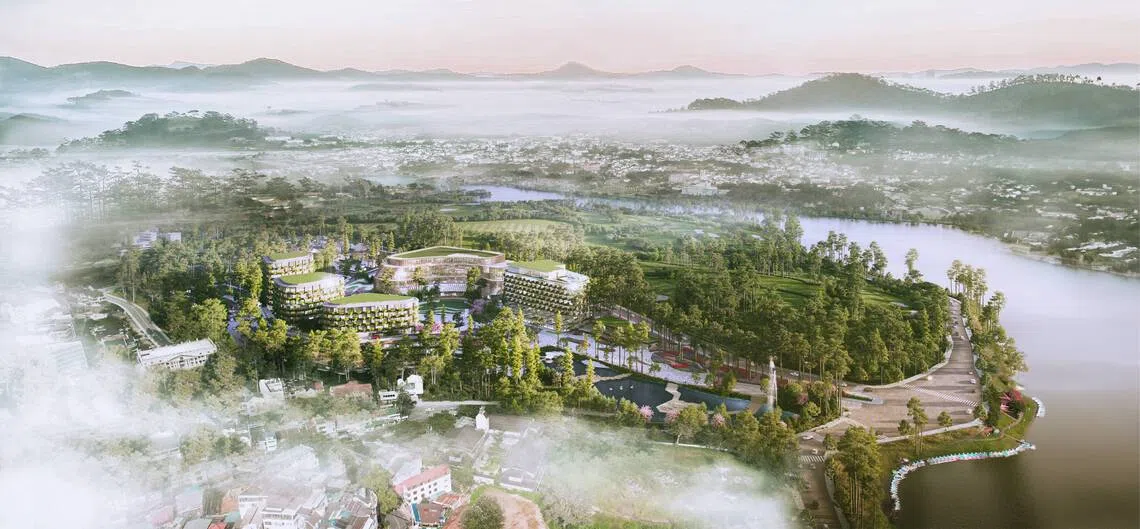
Guided by his ethos, Haus Da Lat’s architecture eschews that of a contemporary resort building “just trying to achieve a luxurious quality”. Instead, it takes its shape from the surrounding pine trees and traditional Vietnamese building features, such as temple roofs. The hotel balconies are contoured like pine cones, the organic geometry naturally casting shadows and achieving ventilation as “a new solution for sustainability”.
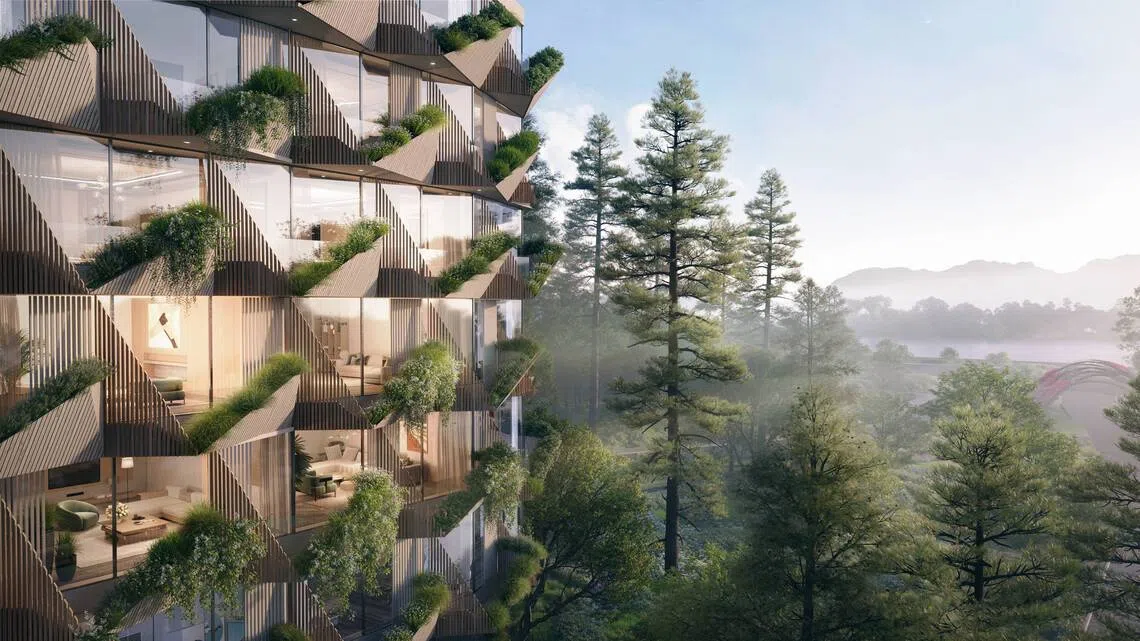
“Developers are always asking me to create beautiful images for their pamphlets. But with Haus Da Lat, we have a client who shares our philosophy,” says Kuma, adding that instead of chasing tall buildings and maximum floor area, developers should seek quality.
He is also “very happy” to be working on several green projects in Africa, one of which is a small safari hotel, where he intends to use local materials as much as possible.
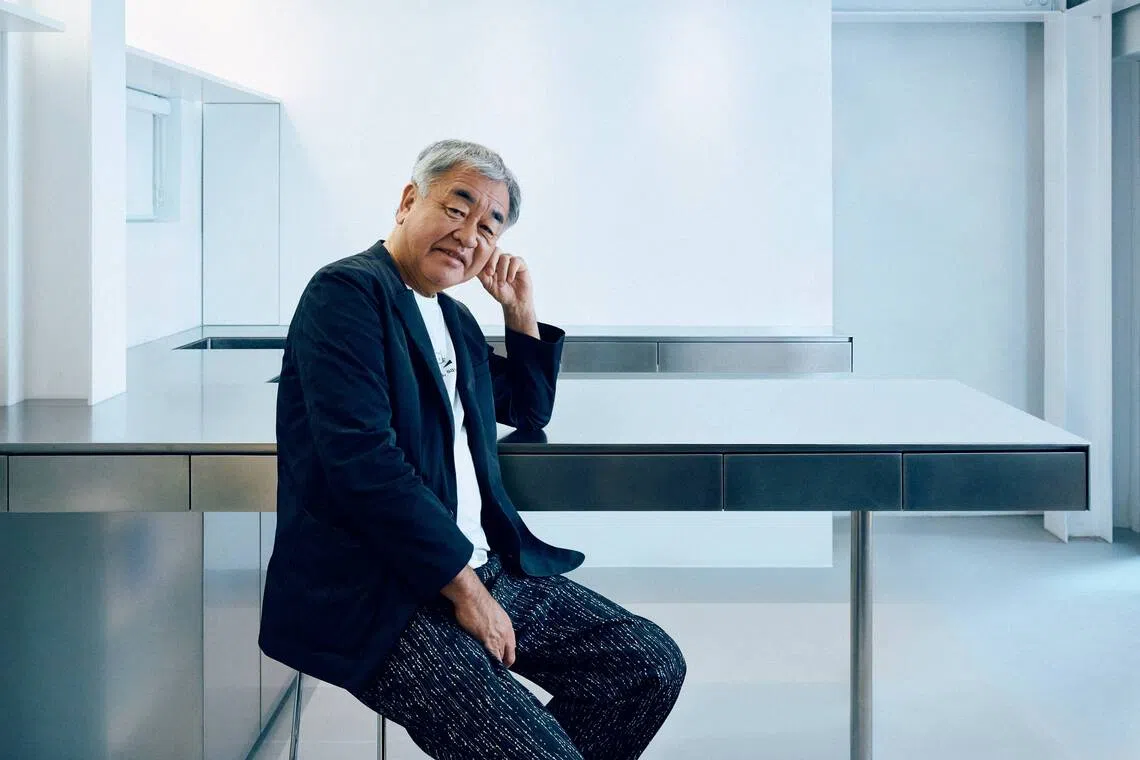
Despite frequent travel, he carves out time for his personal project – renovating old, one- and two-storey wooden buildings in former geisha district Kagurazaka, the Tokyo neighbourhood where he lives. He has been buying small properties there and converting them into apartments where young people, including some of his staff, live.
“Kagurazaka is kind of abandoned for development, and we want to revitalise it without big buildings,” says Kuma, whose idea of a perfect home is the single-storey, traditional Japanese house with tatami floors and clay walls in which he spent his childhood.
“Skyscrapers are one of the biggest problems in big cities, especially ones like Tokyo, which used to be full of low-silhouette buildings. However, I think a high-density, low-silhouette city is still very possible. And I want to bring that kind of softness and warmth back.”
Decoding Asia newsletter: your guide to navigating Asia in a new global order. Sign up here to get Decoding Asia newsletter. Delivered to your inbox. Free.
Copyright SPH Media. All rights reserved.






